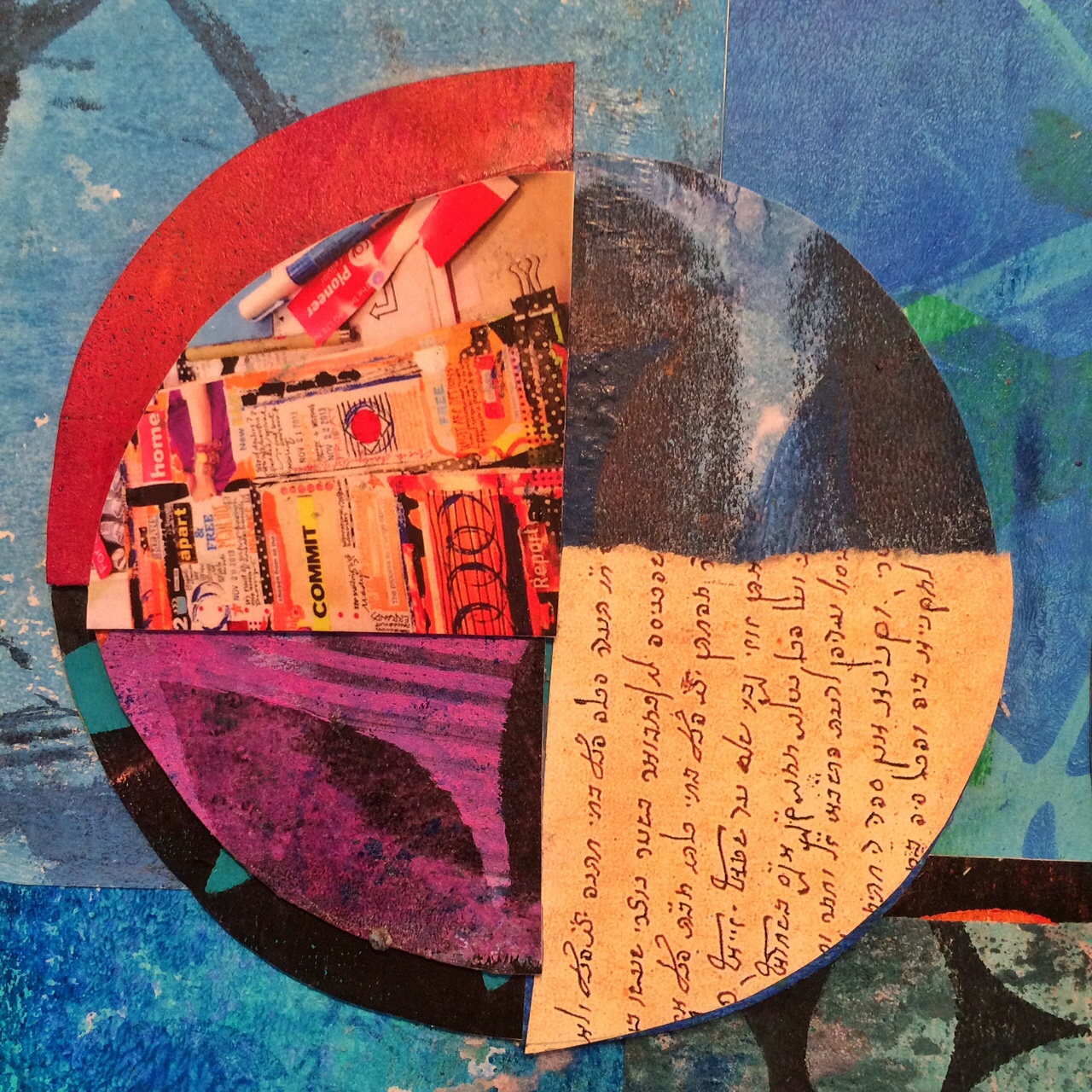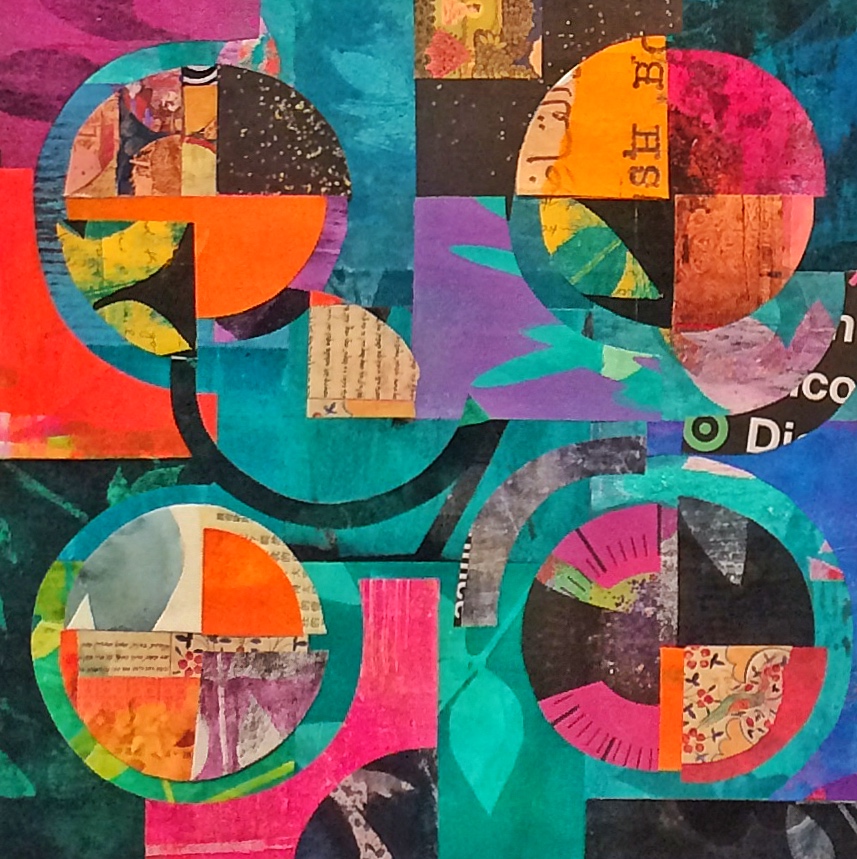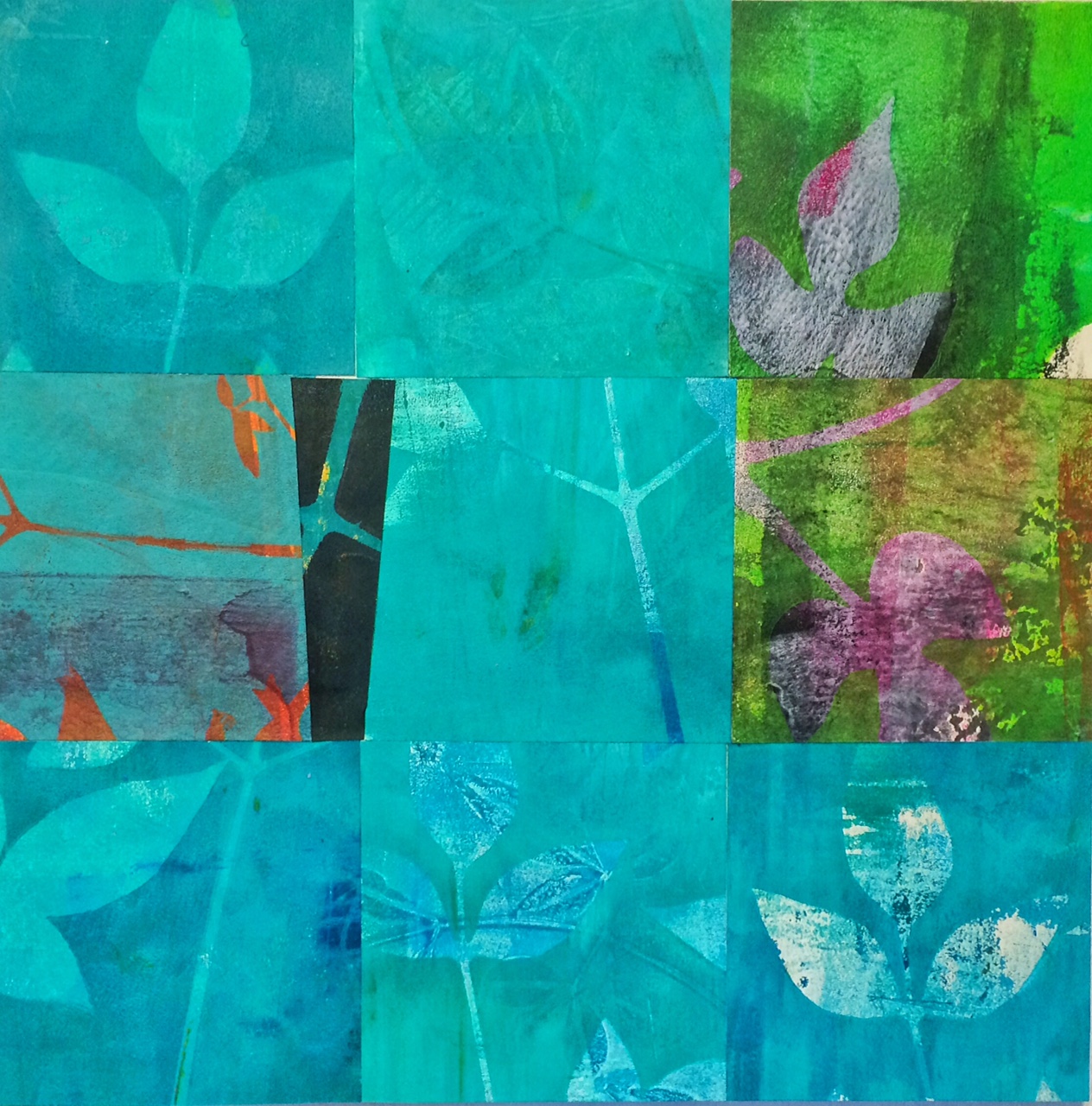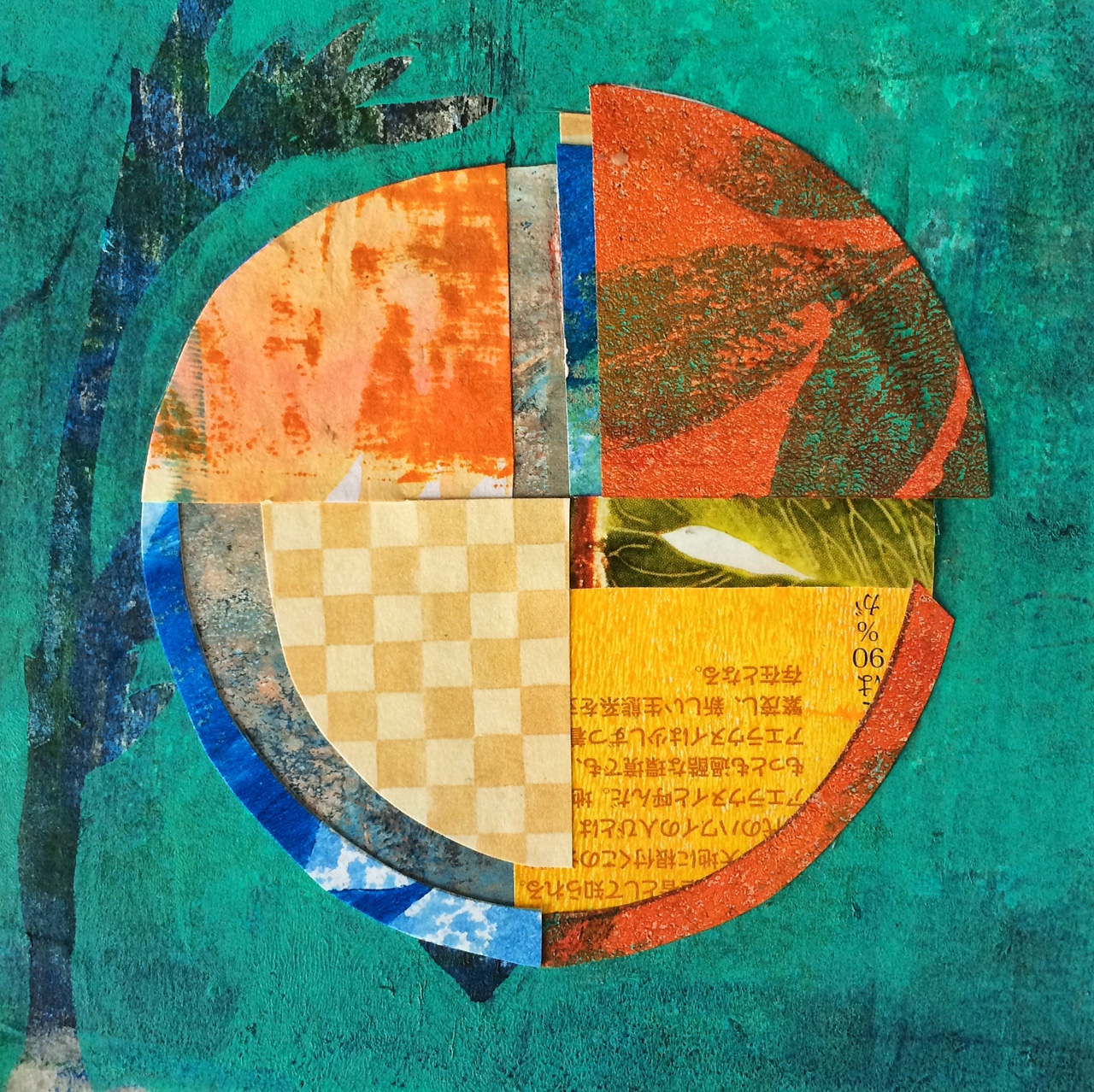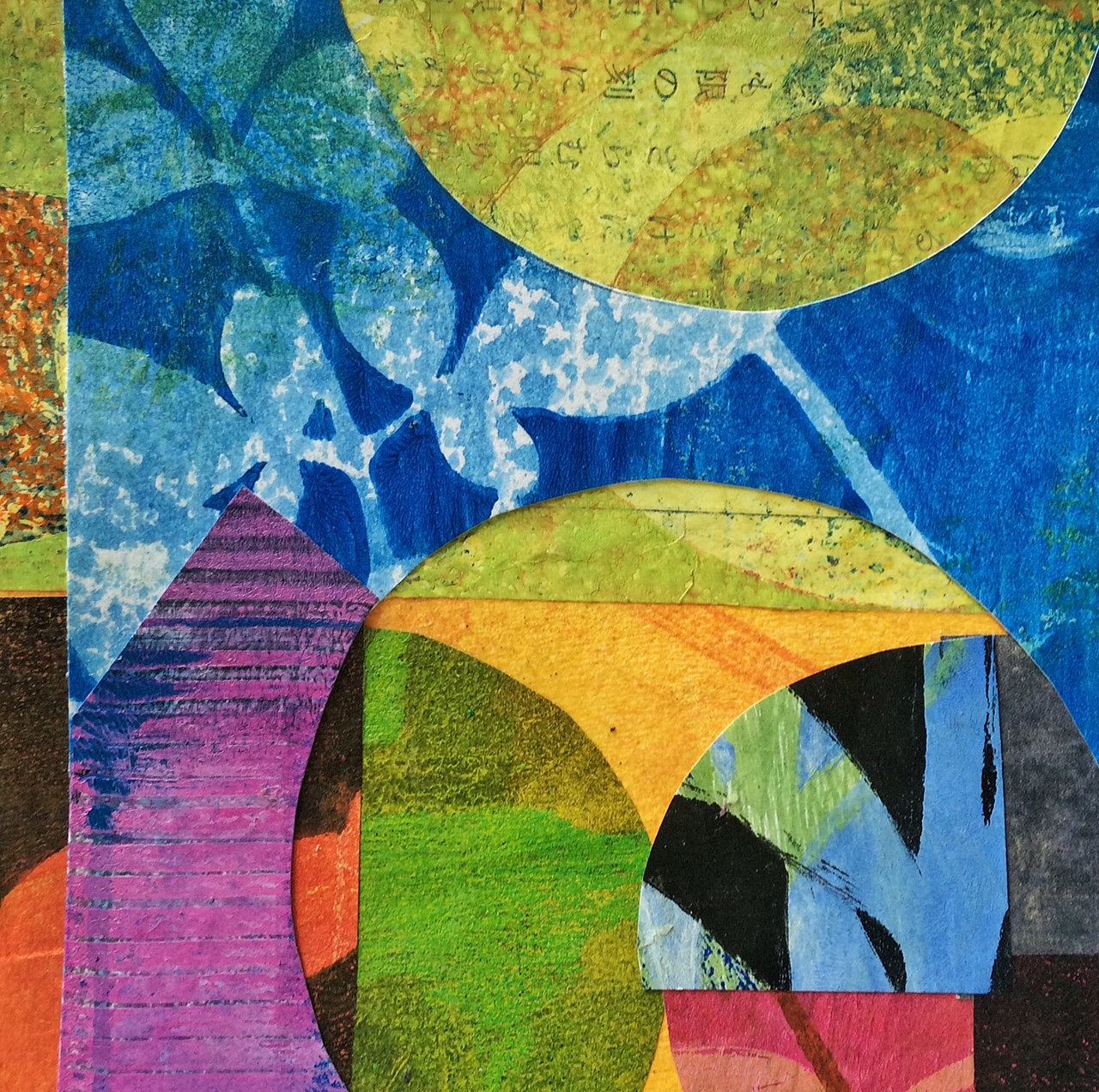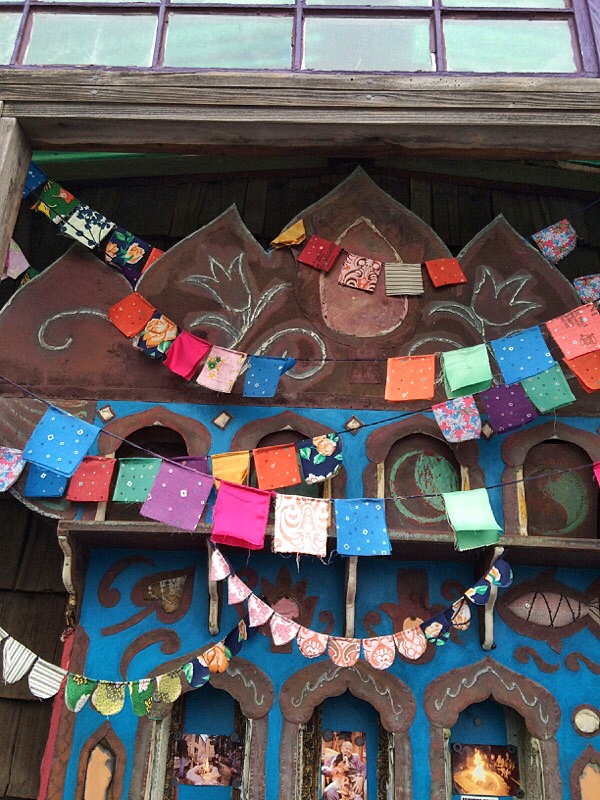 When we drove up to Enso, a wood shingled yoga studio, my husband, Monty, asked what Enso* meant. I said that I didn't know, but I liked what I saw in front of me: the ocean. Located in Half Moon Bay, south of San Francisco, Enso was sponsoring a yoga workshop.
When we drove up to Enso, a wood shingled yoga studio, my husband, Monty, asked what Enso* meant. I said that I didn't know, but I liked what I saw in front of me: the ocean. Located in Half Moon Bay, south of San Francisco, Enso was sponsoring a yoga workshop.
I'd long wanted to study with the teacher, Bhavani Maki whose home studio is in Hanalei, HI. I liked the care and attention she gave to the poses as well as the spiritual underpinnings of yoga.
When I saw she was teaching a workshop over 4th of July, I leapt and signed up. My goal for the weekend was to test my physical limits and to extend the limits of my patience. (I often appear calm and patient, but people who know me well will tell you that patience is NOT one of my virtues.)
I had little idea of what to expect, other than that Bhavani (who has spent a great deal of time studying Patanjali's Yoga Sutras) was going to be weaving them into the weekend.
My relationship to the practice of yoga is ambivalent. Though I've practiced and taken classes over the years, the minute I'm in a yoga class, I find myself wondering how long until it will be over. Until, that is, I reach that point where my muscles are melting into the poses and I realize how great I feel.
Enso is extremely charming and the beautiful, old building holds a wood stove in front of a wall of windows facing the beach. The thing was, someone had fired up that stove and it was blasting heat. If my goal was to test my physical limits, I had come to the right place! After a strenuous series of poses, I realized that they'd heated the studio in order to warm up our muscles, and I was dripping like a Bikram devotee!
I spent two days, focused on the poses--and making sure I was going to survive. Following each session, Monty and I took long walks on the beach and I wondered what I was doing. Was I getting any joy out of this effort? Was I only panting to keep up? I certainly felt cleansed, but what did it mean?
The wonderful power that it opened in me also reminded me of my intention to stretch my patience. On the third day, the day we were to return home, I awoke in a cloud of gratitude surrounding me.
I looked back over the stretch of years I've spent in the hospital working with children and felt profoundly grateful that UC Davis had provided a home for me the whole time. I felt an acute sense of the time remaining for me there and the preciousness of that time. I need to be awake for it.
And following on that gratitude, another intention presented itself: some part of my core took hold and vowed to become the best artist that I am able to be in whatever years remain for me to create. I'm recovering from a lifetime drawn to comparison. For someone who's spent too much time judging their work against the yardstick of others, it is profound to feel that pull losing its grip. More about that later, but for now, here I sit, drenched in meaning. 
*Enso is the symbol of the empty circle of Zen
*The sutras compose a guide book of classical yoga, written some 1700 years ago by the Indian sage, Patanjali.




